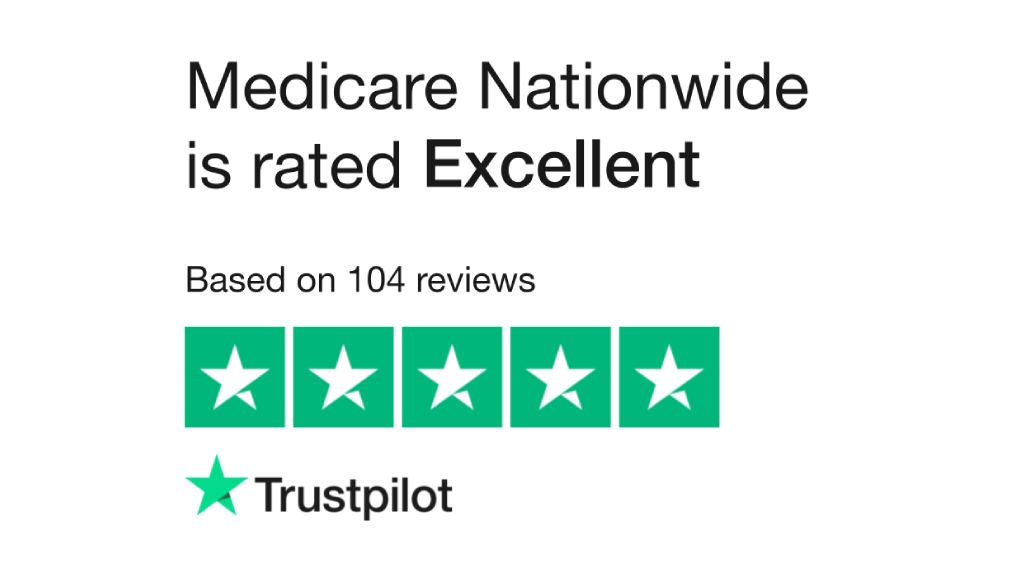How To Choose the Best Medicare Supplement Plan
This article will help you sort out the different options. First, we offer a brief primer on Medicare Supplement policies and why they are necessary. Policies can change from year to year. If you don’t have up-to-date information, you may make an uniformed decision.
We will then list the pros and cons of the various plans in the marketplace. The government has simplified the choices here. Each version has slightly different coverages and depending on your budget and health, you can find one that best fits your needs.

Finally, we will briefly explain how Medicare Supplements vary from the other marketplace option: Medicare Advantage plans.
Let’s begin.
This appointment is meant to alleviate any concerns and there is no-cost or obligation to make a change.
There are Gaps in Traditional Medicare
Some of the gaps original Medicare does not cover are:
- Routine vision care, such as eye exams, glasses or contacts.
- Routine dental services, including oral exams, cleanings, dentures and fillings.
- Routine foot care.
- Routine hearing care, including hearing aids.
- Nursing home care.
- Health coverage if you’re out of the country.
There are several components to traditional Medicare. The main ones are Part A & B. Part A covers hospitalization costs. Part B covers regular medical costs such as doctor visits.
Out-of-pocket costs under traditional Medicare include:
- Part A coinsurance costs for hospital, and skilled nursing facility care
- Part B coinsurance and copayment costs
- Part A deductible
- Part B deductible
Here’s an example of how it works with real money:
Part A covers inpatient hospital, skilled nursing facility and some home health care services.
The annual deductible for Part A is $1,676.
This is what you owe out of pocket for the first 60 days of Medicare-covered inpatient hospital care.
After 60 days, you pay a coinsurance amount per day for the 61st through the 90th day.
Note that there are different coinsurance amounts in skilled nursing facilities.
Part B covers physician services, outpatient hospital services, certain home health services, durable medical equipment, and certain other medical and health services not covered by Medicare Part A.
You can see how these costs could quickly become a substantial drain on your wallet. Many seniors do not have this kind of disposable income to cover these costs.
What are Medicare Supplements?
What can you do about the significant gaps in coverage when you have traditional Medicare? That’s where Medicare supplements enter the picture. You may hear supplement policies referred to as Medigap policies. This is a shorthand expression that refers to the supplement policies and the gap in Medicare they fill.
In the 1980s, the federal government allowed private insurance companies to begin selling policies to cover those gaps. This was the Omnibus Reconciliation Act of 1980. Since then, Supplement policies have evolved and grown. Every policy is restricted by federal mandate, and contains the same coverages regardless of the company.
According to Medicare.gov: “Insurance companies can only sell you a ‘standardized’ Medigap policy. Medigap policies must follow Federal and state laws. These laws protect you. The front of a Medigap policy must clearly identify it as ‘Medicare Supplement Insurance.”
Government Made it Simpler to Cover Medicare Gaps
Can you imagine reviewing all of the different plans offered by the various companies in the US? Regardless of company, Medigap plans will have the same coverages, with varying premiums and side benefits. The way companies deliver the policies, and perform customer service duties such as billing and claims also vary. Underwriting and target demographics may vary, too. Not every company will have every product in every state. Where you live makes a big difference on the options available.
Clear? There’s more to the story. Each plan is designated by a letter code such as Plan A, B, C, F, G, Etc.
How are Medicare Supplement Plans Different?
There are 10 different Medicare Supplement plans on the market. Following is a review the of basic Supplement plans available picked by most customers.
Plan A
Plan A is the most basic plan you can purchase. All other plans build off Plan A. Plan A covers Part A Medicare coinsurance including an extra 365 days of hospital costs, Part B coinsurance, three pints of blood, and Part A hospice care
The Part B coinsurance can be confusing. It is different than the deductible. There is 20% Part B coinsurance under Medicare. Here’s an example of what the coinsurance covers. Suppose you have issues with your knee. Your regular physician sends you to an orthopedic specialist to be examined. Medicare would pay 80% of the specialist visit. Plan A picks up the 20% cost. The specialist then sends you to an imaging center for further examination. The cost of MRIs and other imaging technologies can be high. Medicare will pay 80% of this cost, and plan A will pick up the 20%.
Plan B
Plan B is identical to A except it covers the Part A deductible.
Plan C
Plan C adds coinsurance coverage for a skilled nursing facility, and also covers the Part B deductible. With plan C, you also begin to see the introduction of medical expense coverage for foreign travel emergency medicine. If you travel out of the country, and many seniors do, this is a critical coverage to have.
Plan D
Plan D is a modification of C. It includes everything Plan C does, plus removing the Part B deductible.
Plan F
Plan F along with Plan G are the most comprehensive Medicare Supplements you can buy. Along with the coverages included in Plan C, excess charges in Part B are covered.
This may not sound like much because the Part B deductible seems so low. But under traditional Medicare, doctors are allowed to charge an extra 15% to the patient beyond the portion that Medicare reimburses. Plan F picks up any of that extra 15% charge.
Some plans also restrict doctor choice, Plan F allows you to choose any doctor you want. You also don’t need a referral to see a specialist.
Plan G
Plan G offers the same coverages as Plan F, EXCEPT it does not cover the Part B deductible. The reason people choose this plan is because they can often save more than $200 in premiums over Plan F. This more than covers the deductible cost.
In 2021, a High Deductible Plan G was introduced. A higher deductible needs to be met before coverage begins with this plan. The benefit is that premiums are much lower compared to the original Plan G. If you are a healthy senior with few medical expenses, this may a be a plan to consider. You may save enough in premiums that cover a portion of the deductible.
The only main benefit missing from this list is the Part B deductible.
Other plans are available, but these are the most common.
Our homepage gives a visual side by side guide to the various Medicare Supplement plans. Seeing the plans side by side, can help you grasp the various coverages offered under each plan.
This appointment is meant to alleviate any concerns and there is no-cost or obligation to make a change.
What is the Best Medicare Supplement to Have?
You really want to know what is the best Medicare Supplement.
The first thing to remember is to keep your eye on your 65th birthday. Something magical happens around this time. During this period, the government has guaranteed you the right to purchase any Medicare Supplement plan available in your state.
Your health and pre-existing conditions do not matter. You are guaranteed coverage. This is important. If you don’t enroll during that window, you will be subject to company underwriting guidelines and your options and pricing may be limited.
If you are turning 65, make sure you make this decision before time runs out. Don’t worry. You aren’t stuck with whatever you pick. You can always change later, but it does help to make an informed decision.
How much coverage do you need? Your current health will determine this decision more than anything else. If you have regular medical needs, getting the maximum amount of coverage is your best option.
How much can your budget handle? As you’ve seen in the examples, the gaps are enormous, and you can be left with a lot of out-of-pocket expenses. You need to weigh the amount you will pay in insurance premiums versus what you could potentially pay out of pocket. It doesn’t take long for costs to add up.
Our best advice is to review the coverages and your current medical expenditure as you weigh the options. Then talk to a Medicare professional like those at Medicare Nationwide. A good Medicare agent will have seen it all. They understand the costs of coverage and potential medical expenses. Buying through a good broker won’t cost you anymore than trying to buy directly from the company, plus you will get advice that is hard to get when you do it yourself.
Make sure to talk to an experienced agent who represents more than one insurance carrier. You don’t want to talk to someone with only one company option. You will only get an option for different plans and not the differences in costs and benefits you could have found by having them shop for you.
This is exactly why we have contracted with as many companies as possible. Once a customer has narrowed down the coverage they need, it allows us to present multiple company options with different prices and benefits.
Our goal is to do the shopping for you, and make your decision as simple as possible while providing adequate coverage and the most competitive rate we can find.
Prefer to chat by phone? Give us a call at 1-888-559-0103.

